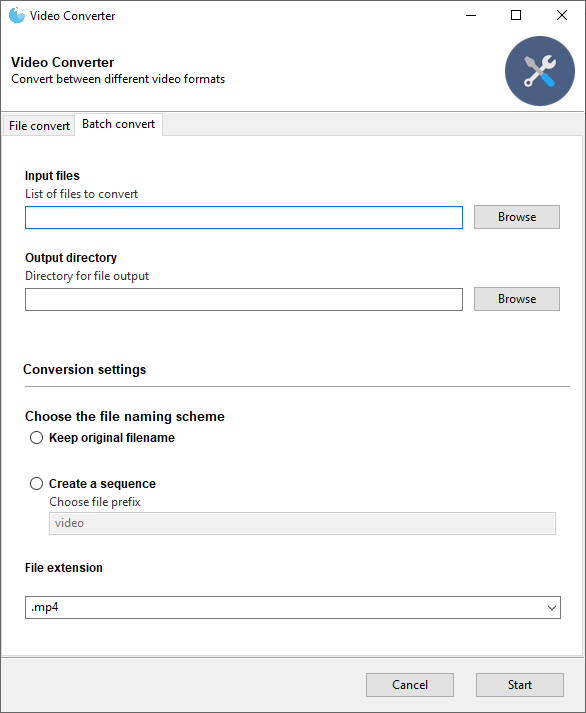This problem occurred when I was trying to think of an alternative way for returning the first item from a list that matches given constraints. Using if statements inside a for loop is the obvious way to comb through the items but the built-in filter() function provides an interesting alternative.
Category: "Python"
It doesn’t always make sense to run the full suite of tests when you’re developing a part of a program. So how can you run only a portion of your Python unit tests on the command line?
If you’re a fan of DevOps, then you should also be enthusiastic about collecting telemetry from your production applications. StatsD is one solution that you could use to collect metrics in Python.
Knowing how to handle files in your programming language of choice is an essential skill for any developer. After reading this post you should be comfortable doing file operations in Python.
Python is a great language for writing command line scripts. When you need to run long running processes it is polite to indicate the overall progress to your user. You don’t want the user to think that your script has hanged and terminate the execution after a minute. Luckily, adding a progress indicator is really easy!
Historically, the Python syntax hasn’t had a switch-case statement. In 2006 Guido van Rossum, the original author of Python, proposed different alternatives for the switch-case syntax in PEP 3103 but they all seemed to have some problems and the idea didn’t gain enough popular support. The proposal was therefore rejected. Python version 3.10 changes this.
When you need to return complex data from a function you typically think of two options:
- put the values in a dictionary
- create a new object/class
The first option is simple to implement but you need to access the individual values by their keys. The second option allows you to access data via attributes and do custom calculations behind the scenes, but then you need to implement yet another class.
Is there something in Python that could give us easy attribute access without having to bother with custom classes?
GitHub Actions gives you lots of freedom to define custom workflows by combining different actions and running command line programs. Sometimes you might want to run small snippets of code, and that is already possible by running scripts from the command line with the run keyword. What if you could write your Python script inside the workflow YAML file instead?
When you define an object in Python you usually give it some attributes that hold the necessary pieces of information in a place that makes sense. However, Python does not limit the use of attributes to the set that were described at object creation time.
Can you chain comparison operations in Python? Yes you can, each comparison is evaluated pairwise so you can chain together as many of them you want.
It can be easy to forget to use basic features like this if you come from a language that doesn’t support chained comparisons or if you’ve never seen them used in the wild. I’ve been using Python professionally for years but I have to admit that I still didn’t really know about this feature until recently.
This time I’m going to show you how to create simple GUI applications in Python using a package called Gooey. It lets you turn (almost) any command line Python application into a GUI application with one line.
From programming to publishing
Janne Kemppainen |When programming in Python you’re used to installing packages from the Python Package Index (PyPI). But how do the packages end up there? How can I make my Python code installable? Let’s find out!











